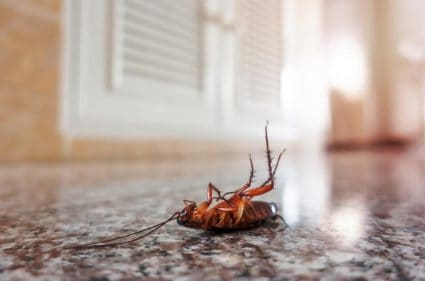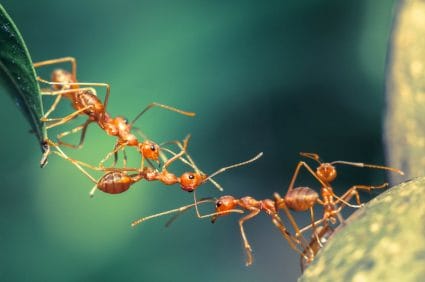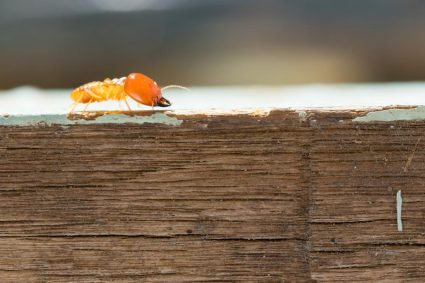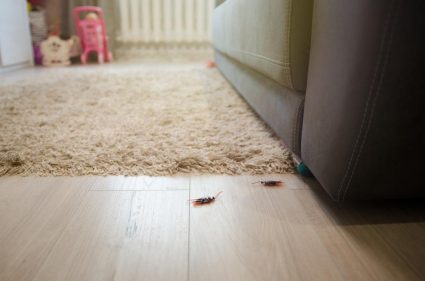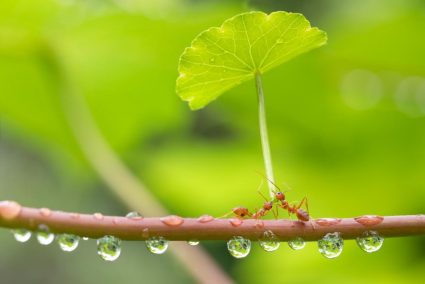
Cockroaches hinder hygiene in households by contaminating food and spreading germs and allergens.
They are also a difficult pest to control, often out of sight while breeding rapidly.
I dealt with a cockroach infestation in my house last year, which took a lot of hard work and patience to control and eliminate.
One of the effective methods I used against cockroaches was roach baits.
I used combinations of bait to poison bugs and their nests successfully. Over a few weeks, their population dropped significantly before ending the infestation.
Roach baits work by luring cockroaches into potent insecticides that slowly poison or dehydrate them to death.
The insecticides don’t kill roaches instantly, giving them enough time to return to their colonies and infect others by touching or feeding on their excreta or carcasses.
Let’s learn about different roach baits, how cockroach baits work, and how to use them effectively.
Different Types of Roach Baits
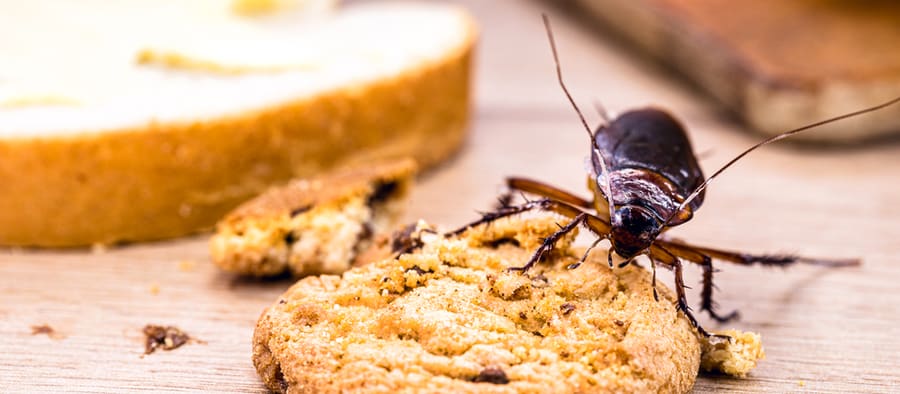
Not all roach baits are the same. They come in varying designs, luring methods, and pesticides.
Popular cockroach baits include gel baits, bait stations, glue traps, and powders.
Let’s learn how roach bait traps work, their effectiveness, and what they contain.
1. Gel Trap
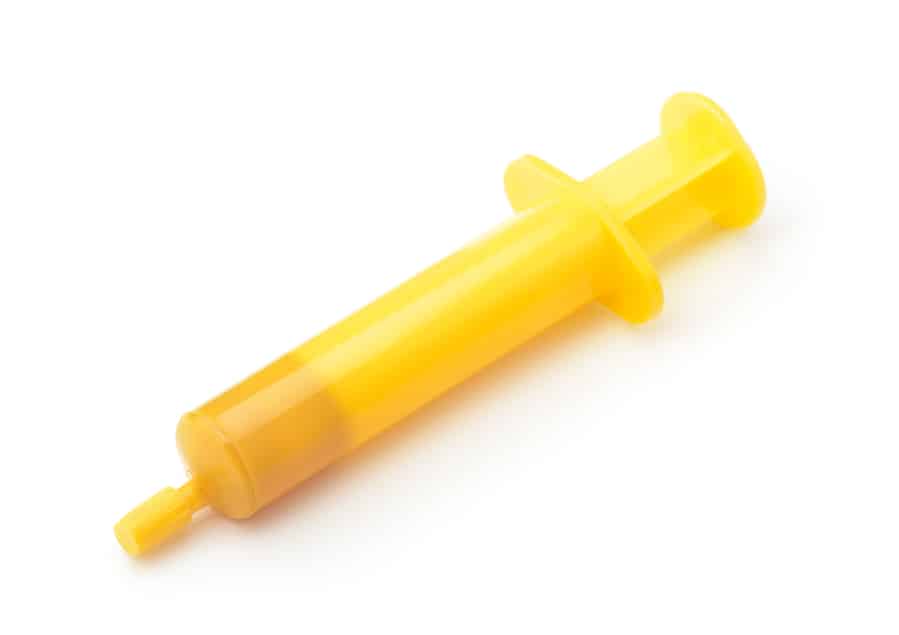
These traps use various gels, creating toxic barriers for passing roaches.
Gel baits usually come in syringes, making application on nooks and corners straightforward.
Gel roach baits are usually potent and effective. However, they can dry out quickly, requiring frequent reapplication.
I don’t recommend using get traps around children and pets.
2. Bait Station
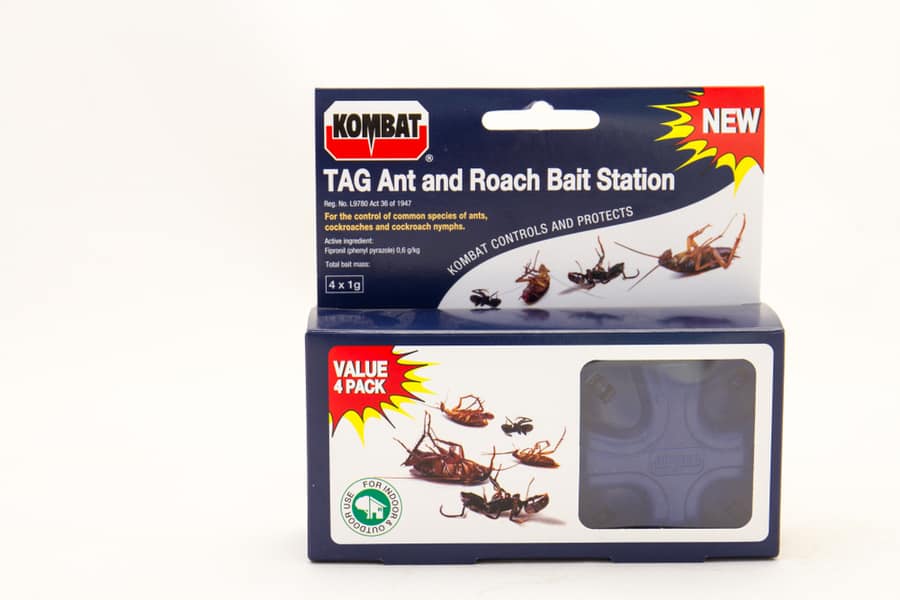
These traps are generally made from plastic with a hidden circular container inside.
Bait stations are safer than other cockroach traps, especially around children and pets.
However, cockroaches struggle to get to the bait or pick up its scent, making bait stations less potent than methods with exposed baits.
3. Glue Trap
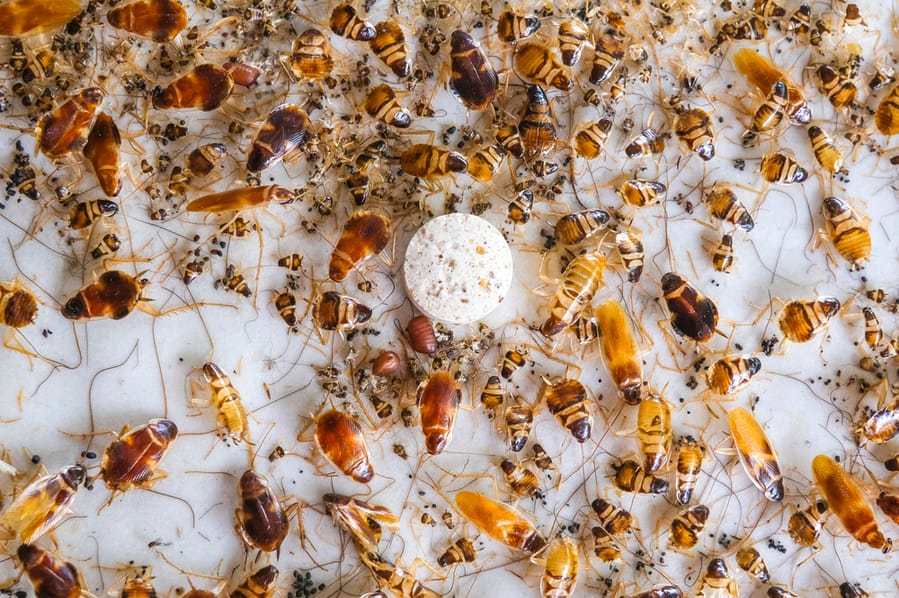
These adhesive stripes and tapes trap cockroaches that touch or crawl over them.
The stuck roaches eventually die from dehydration or starvation, requiring safe disposal.
Glue traps are usually more suitable against minor cockroach activity, with severe infestations calling for more potent trapping methods.
Children and pets can make a mess out of glue traps, putting them at risk of poisoning. Therefore, I do not advise using glue traps in the presence of children and pets.
4. Powder and Dust
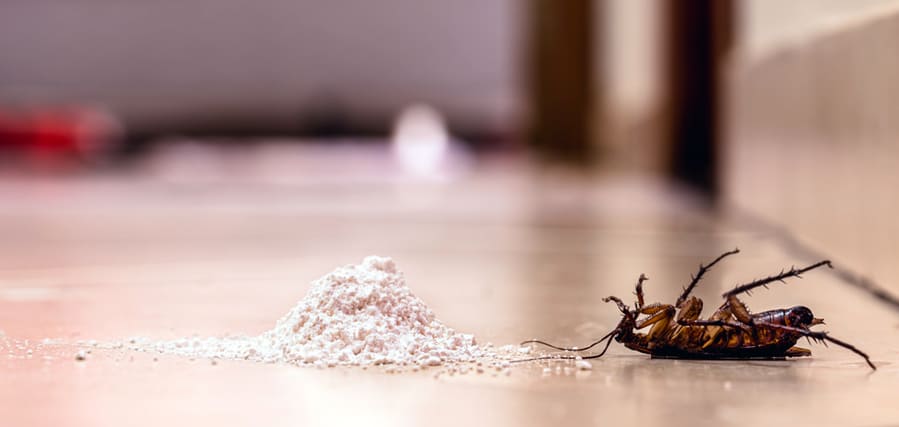
Certain natural and chemical insecticides, such as Diatomaceous earth (DE) and Boric acid, eliminate cockroaches upon direct contact or ingestion.
Sprinkling these powders in areas with high cockroach activity helps poison and kill roaches through dehydration and damage to the nervous system.
The Way Roach Baits Work

Various roach baits work differently. As a result, I recommend using a combination of bait traps when trying to eliminate cockroaches from a house.
Most baits contain a slow-acting insecticide and a substance to lure roaches. Cockroaches foraging for food usually catch the scent and wander onto the bait believing it to be food. Roaches usually die a few hours after touching or ingesting the bait.
The slow-acting nature of the insecticide gives contaminated roaches enough time to return to their nests and infect their friends, causing a ripple effect that can wipe out a large portion of the colony.
Young roaches or nymphs only wander out of their nests once they reach adulthood, making it difficult to eliminate cockroach infestations.
Slow-acting insecticides help overcome this challenge by eliminating nymphs that feed on the droppings, vomit, and eventual carcasses of infected cockroaches.
How To Use Roach Baits
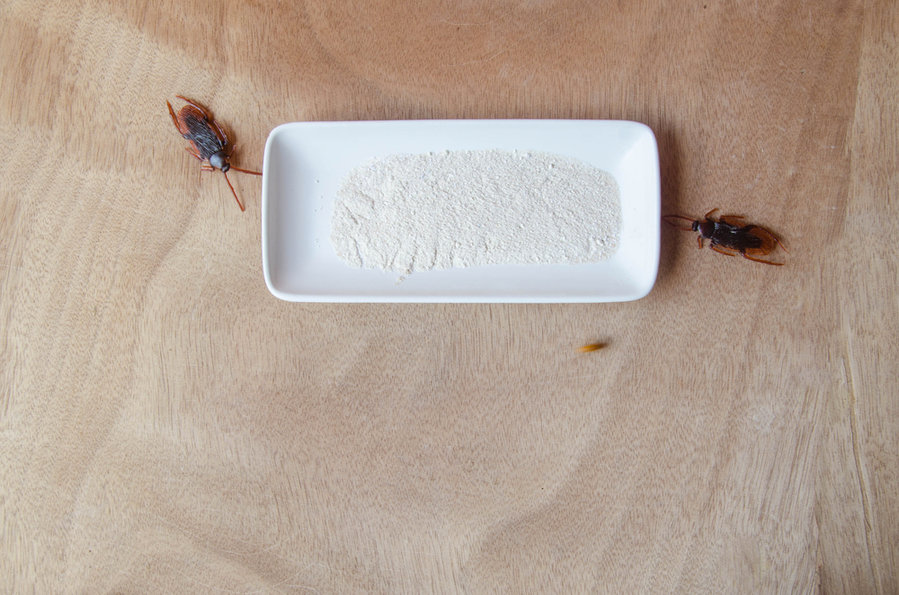
Proper use of roach baits requires attention to detail, careful observation, and patience.
While setting, monitoring, and reapplying various cockroach baits, I did much work to eliminate the roaches infesting our home.
Here are some tips on how to use roach bait traps.
1. Strategically Place Roach Baits
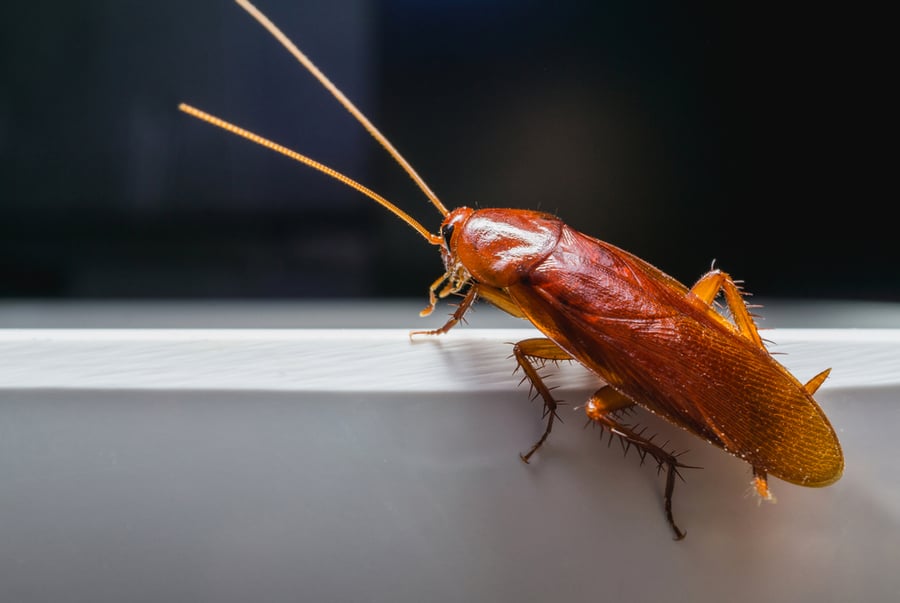
Randomly placing a few roach baits doesn’t help eliminate a significant cockroach infestation. Spend some time understanding the lifestyle and interests of cockroaches to place bait traps in areas that are likeliest to attract and poison them and their colonies.
Cockroaches prefer to nest and operate in dark surroundings. They also function as groups, using their antennae to identify fellow roaches nearby. An easy way to identify areas frequented by cockroaches is to observe them at night using a flashlight.
My priority was to place baits as close to their nests as possible to increase the likelihood of wiping out a good chunk of their population, if not all. Furthermore, setting roach bait closer to a nest means using less since indirect contamination accounts for the most damage.
I avoided placing bait in the open since cockroaches hardly foray onto open areas.
In addition, remember food and moisture attracts cockroaches when setting bait, so corners in under-sink and food cupboards are excellent locations for bait stations. Cupboards, cookers, and fridges also make happy hunting grounds for bait stations.
When using gel bait, apply the gel on cupboard and dishwasher door hinges, the feet of cookers and fridges, cupboard kickboards, and near exit points on electronics for great results.
Substances used in roach bait can be toxic to humans and pets. Therefore, only use secure bait stations away from the easy reach of children and pets.
2. Monitor and Reapply
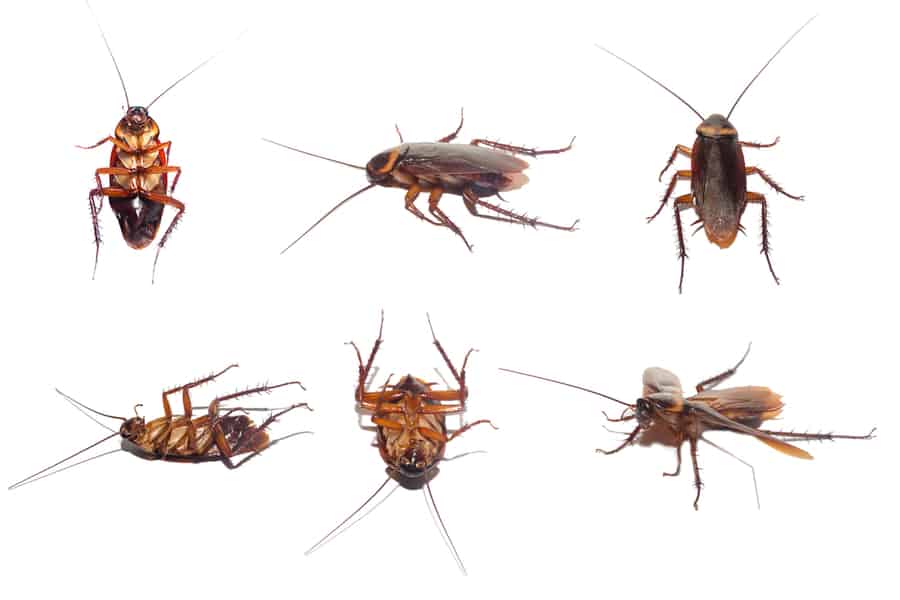
The waiting game began when I strategically placed the roach baits, monitoring different types of roach baits based on their work.
Regarding gel baits, I tracked how much gel I applied, routinely checking if roaches were eating it. I also checked whether the gel was dry, which usually takes three months under normal conditions.
The reduction of the bait gel is a telltale sign that cockroaches are falling for the trap. Reapply the gel in small amounts as it reduces, and track how much bait is there each time.
Avoid using too much bait gel, especially all over the house, since it can harm humans and pets. Additionally, seeing too much gel bait sometimes makes roaches suspicious.
I only used a few small gel blobs at a time, spreading them over the target area to make it less suspicious to cockroaches and reduce their harmful effects.
There is no way of knowing if the roaches are falling for bait stations other than noticing dead roaches. However, this might be rare since most cockroaches die in their nests if the bait station is placed near a colony.
The advantage of bait stations is that they don’t require reapplication, remaining effective for months.
Repellants drive bugs away, while roach baits work by attracting cockroaches to insecticides. As a result, avoid using cockroach repellants around roach baits. I also recommend avoiding household cleaning products near bait traps.
Conclusion
Roach baits work by luring cockroaches to potent, sweet-tasting, and nice-smelling insecticides that infect them upon touch or ingestion.
The insecticides work slowly, allowing roaches ample time to contaminate other roaches and return to their colonies before dying.
Any nymph or cockroach that touches an infected roach or feeds on one’s excreta or the eventual carcass will also become infected, eventually creating a snowball effect and infecting the entire colony.
Frequently Asked Questions
How Long Do Roach Baits Take to Work?
Depending on the severity of the infestation, roach baits take between seven days to a few weeks to effectively wipe out a roach infestation. Use more than one type of roach bait for better results.
How Effective Are Roach Baits?
Gel baits and bait stations containing insecticides are highly effective in eliminating cockroaches.
However, since cockroaches can naturally develop the ability to stay away from toxins or lures, I recommend using a combination of different bait traps alongside other cockroach-repellant methods.
Does Roach Killing Bait Attract More Roaches?
No, cockroach bait usually reduces roach populations. Cockroaches usually stay out of sight, hiding in their nests and foraging in the darkness.
As a result, homeowners are usually unaware of the severity of the infestation until they start seeing dead roaches or live ones lured out from their hiding places by the bait.
Can Roaches Learn To Avoid Bait?
A study by Coby Schal at the North Carolina State University in 2016 reveals that roaches evolve taste buds, making sweet insecticides taste bitter about protecting themselves from harm. Such evolution against pesticides is common among many insects.

